The Man-made All-seeing Eye: What is the Largest Telescope in The World
29th Jun 2023
Until recently, the largest radio telescope in the world, the Arecibo Observatory, was located in the United States, but it went out of order after an accident. Does this mean that China, which has its own giant radio telescope, called FAST, will be the first country in the world to receive a message from aliens? Well, not necessarily because there are many important participants in this race.
Earlier, we wrote about telescope types, and in this article, we will cover the largest observatories on Earth and in space that help humanity look into the dark depths of the Universe.
Biggest Telescope on Earth
Several dozens of observatories have been built on our planet. They are famous not only for their large size but also for the discoveries made with their help. We will start with the most famous ones and then move on to their future successors.
The Large Binocular Telescope
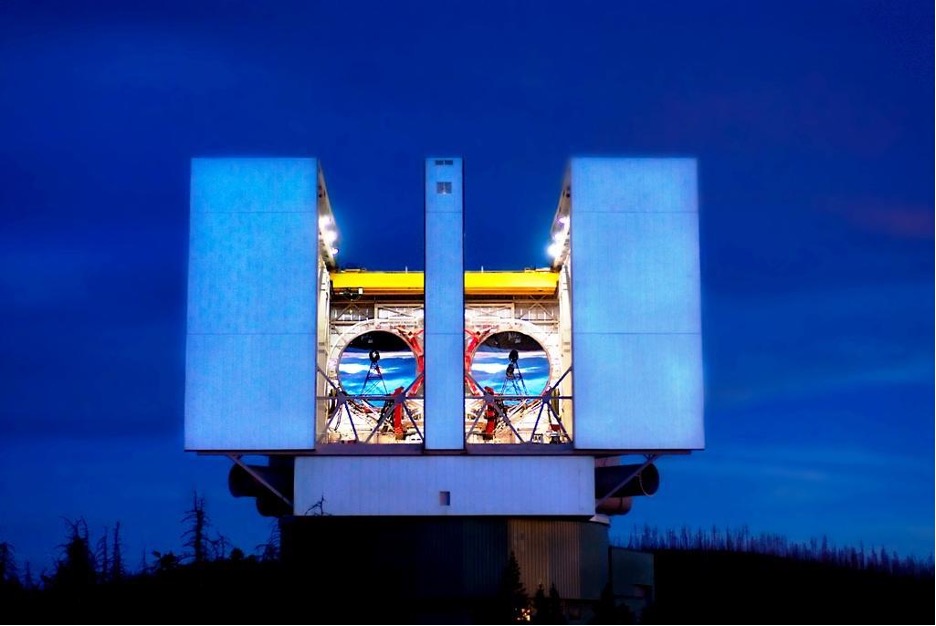
LBT at Mount Graham (Arizona, USA) is located at an altitude of over 3 km. This is the largest optical and infrared wavelength telescope in the world today with non-segmented mirrors.
The unique structure with two 8.4 m mirrors with a combined circular aperture of 11.8 m enables accurate interferometric measurements. Four pairs of large wide-angle cameras and a number of spectrographs make it possible to obtain high-resolution images of objects in space.
LBT made it possible to see the NGC 891 object in the constellation Andromeda, at a distance of about 30 million light years, as well as the spiral galaxy NGC 2770 in the constellation Lynx, 25.7 megaparsecs away from us. For comparison, the distance from the Sun to the nearest star Proxima Centauri is 1.3 parsecs. That is some vision!
Southern African Large Telescope
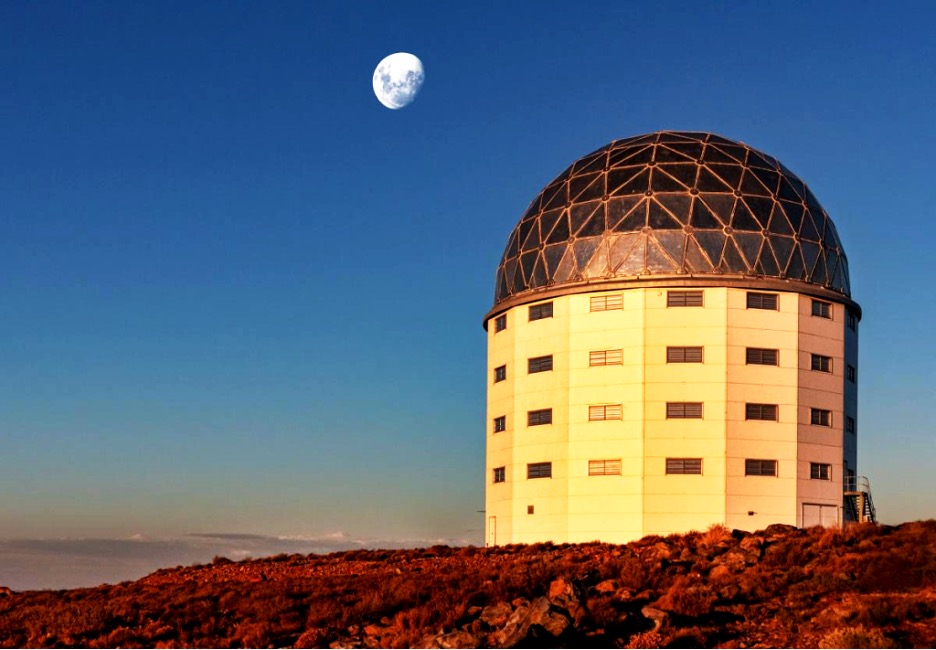
SALT in Sutherland (South Africa) is not the largest optical telescope in the world, but it has no equal in the southern hemisphere. It has an unusual mirror design of 91 hexagonal Sitall glass segments with a total size of 11×9.8 m, which is fixed at an angle of 37°. The big telescope can be used to carry out spectroscopic and polarimetric analysis to study quasars and faint galaxies.
Keck 1 and 2
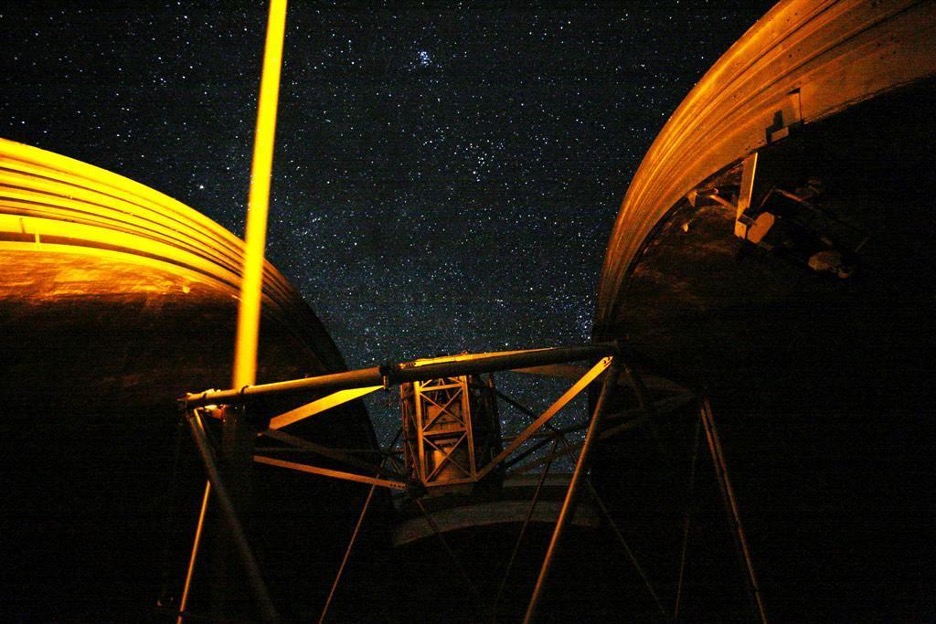
The double telescope of the WM Keck observatory, located on the top of Mauna Kea Mountain (Hawaii, USA), is one of the most advanced telescopes today. Until 2007, when the Large Canary Telescope was commissioned, it was the largest telescope in the world.
Keck includes two large telescopes with an equivalent primary mirror diameter of 10 m. Each mirror consists of 36 small hexagonal segments. The Deep Extragalactic Imaging Multi-Object Spectrograph (DEIMOS) can collect light from 130 galaxies at once, and its near-infrared camera is able to detect gas-lighter flames on the Moon’s surface. This capability allows us to collect data on distant galaxies/protogalaxies and quasars.
The largest number of exoplanets were discovered in this observatory — in particular, LkCa 15 b, which helped to better understand the origin and evolution of our solar system. And Keck’s discovery of the supermassive black hole at the centre of the Milky Way galaxy was awarded the Nobel Prize in Physics in 2020.
Hobby–Eberly Telescope (HET)
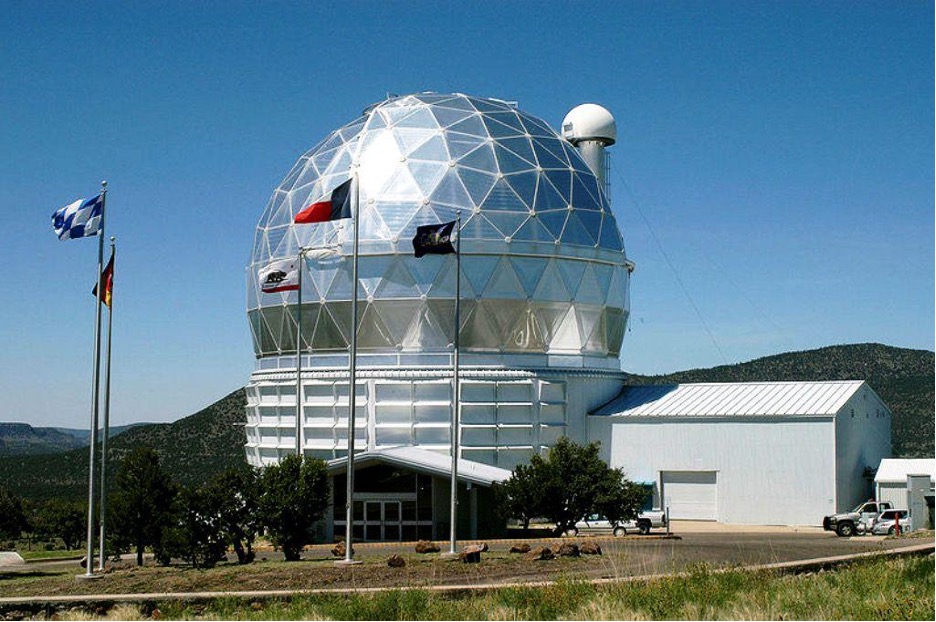
HET, located at the McDonald Observatory (Texas, USA), has a useful optical aperture of 9.2 m.
The main mirror consists of 91 hexagonal segments. It is fixed at an angle of 55° and can rotate around its base. It is not the biggest telescope on Earth, but it has been successfully used to study stellar objects via spectroscopy. Over the years, this large telescope has discovered a number of solar planets and successfully calculated the rotational speed of several galaxies.
Gran Telescopio Canarias
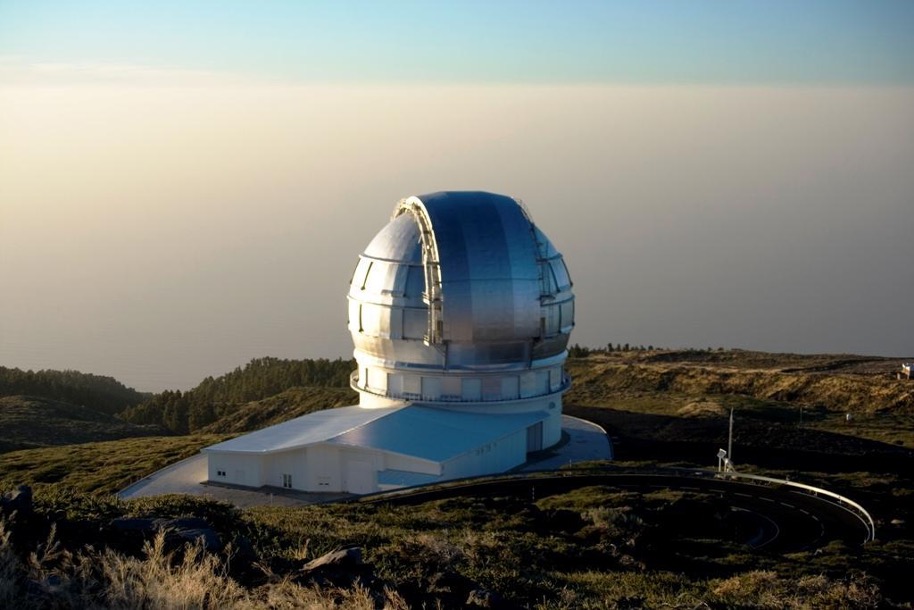
GranTeCan is located at the Roque de los Muchachos Observatory (Canaries, Spain). The 10.4 m diameter optical reflecting telescope is the largest telescope in the world with a segmented primary mirror, having claimed this title in 2007 from the Keck twins. The construction of this large structure required seven years and $105 million.
Currently, the number of Zerodur glass segments with a fully adaptive control system has been increased to 36. GTC is equipped with powerful active and adaptive optics, which sees objects a billion times weaker than those seen by the naked human eye. It’s high location makes it possible to conduct almost permanent observations in clear sky. Together with the low turbulence of the atmosphere, this ensures the high quality of the obtained images.
Arecibo (defunct)

Located at an altitude of 497 m above sea level, 15 km from the city of Arecibo (Puerto Rico), this large engineering marvel was the biggest telescope in the world of any sort with a single aperture. A large reflector with a diameter of almost 305 m and an area of 73,000 square metres served for research for almost 57 years.
Guidance was carried out by moving a mobile antenna feed suspended on 18 cables attached to three towers. In August 2020, one of the cables broke off; the next month, another one broke down and fell down, forming a fault 30 meters in size in the main mirror. As a consequence, the repair and further use of this large telescope was abandoned.
Five-hundred-meter Aperture Spherical Telescope (FAST)

FAST “Tianyang” or “Heavenly Eye” is located in Guizhou Province in southern China. This is your answer to the question, where is the largest telescope in the world with one aperture today.
The design is about the same as that of Arecibo, only there are six towers instead of three. The large reflector, with a diameter of 500 m and an area of about 30 football fields, consists of 4450 movable triangular panels that capture radio waves from objects in the far corners of space. Scientists believe that the potential of this telescope to detect an alien civilization will be 5 to 10 times higher than any other current equipment, since it can see more distant and darker objects. In just two years of operation, FAST has already helped researchers discover over 660 previously unknown pulsar stars.
Giant Magellan Telescope

At the moment, several projects of large telescopes are being implemented, so it is still difficult to say what is the biggest optical telescope in the world after 2023. But one of the top contestants is GMT at the Las Campanas observatory, 115 km from the city of La Serena (Chile).
This large structure will eventually have seven primary mirrors with a total aperture of 25.4 m. The resolution will be about ten times greater than that of the Hubble Orbiting Telescope. This design will make it possible to obtain images of stars without diffraction rays.
European Extremely Large Teles, ELT

If everything goes according to plan, then by 2024, the European Extremely Large Telescope with a 39m light-harvesting surface will become the biggest telescope on Earth.
The ELT mirror consists of 798 hexagonal segments equipped with actuators capable of changing their position thousands of times per second to compensate for atmospheric distortions in the image. Thanks to this, the large telescope will be able to collect 13 times more light than today’s largest telescopes and 100 million times more than the naked eye. Thanks to this telescope, it will be possible to study, for example, the atmospheric composition of extrasolar planets.
The biggest telescope in space
Humanity has eyes not only on Earth but also in space. Orbital telescopes are not affected by the Earth’s atmosphere, so their resolution is several times higher than that of their earthly counterparts.
James Webb Space Telescope

JWST is the biggest orbital telescope in the world with a segmented mirror that has a 6.5-m diameter. It is located at the Lagrange point L2, 1.5 million km from the Earth. JWST was launched in December 2021, which instantly made it the leader among orbiting telescopes after the retired Hubble.
The primary mirror consists of 18 gold-plated beryllium segments. The total light collection area is about 5.5 times larger than that of Hubble, in contrast to which the observation is carried out in a lower frequency range. This allows us to observe more distant objects with a large redshift, like the first stars and galaxies in the Universe.
Largest private telescope in the world
Yes, indeed. Your eyes are not deceiving you. Each of us can easily get a telescope to observe the stars. It is not prohibited. So, do you want to know who owns the biggest private telescope in the world?

This would be truck driver and space enthusiast Michael Clements, a native of Salt Lake City. Using a 70-inch wide large military mirror from a spy satellite that he bought by chance online, Clements built what he says is the largest amateur optical telescope on Earth.
On learning of what Clements had in his garage, the Salt Lake City Astronomical Society approached him with a proposal to make the telescope open to the public. Now the large structure sits in a place of honour at a baseball field in Tooele County, known as the Stansbury Park Observatory Complex. Each week, the large telescope is removed from the building and brought to the Society’s Star Party.
What is the largest telescope in the world open to the public?
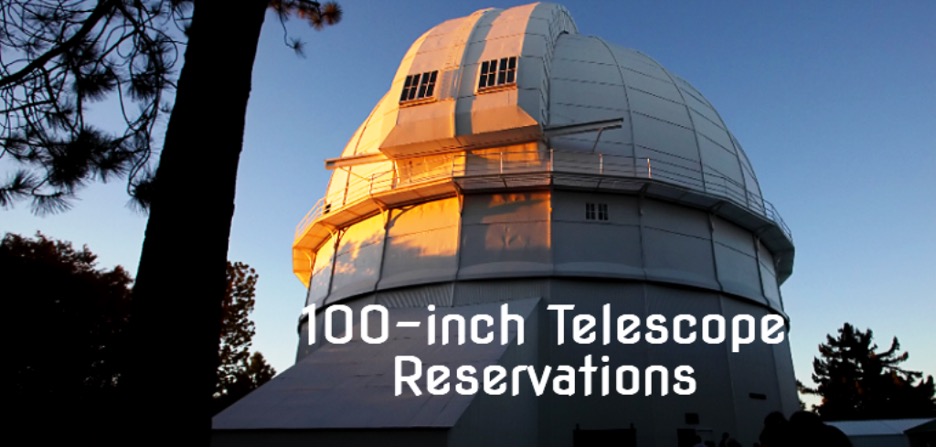
Of course, not everyone has the opportunity to acquire a large telescope and spend hours observing the sky. And not everyone has Mike Clemens for a neighbour. But how then to satisfy one’s curiosity and enjoy viewing stars up close? The 100-inch Hooker Telescope at Mount Wilson Observatory (California, USA) is at your service. By the way, it was considered the largest optical telescope in the world from 1917 to 1949. And now anyone can explore space with the help of its 2.5 m mirrors with high resolution and detail level.
Final thoughts
The search for extraterrestrial life takes many forms. Satellites such as JUICE are sent to planets and moons in our solar system to investigate conditions there. Radio telescopes such as FAST have the ability to pick up transmissions from the furthest reaches of the universe. Optical and infra-red telescopes can also play a part. But considering that many astronomers had placed their hopes on Arecibo for first contact when it was operational, that hope now would rest on the Chinese.






Thank you for your comment! It will be visible on the site after moderation.